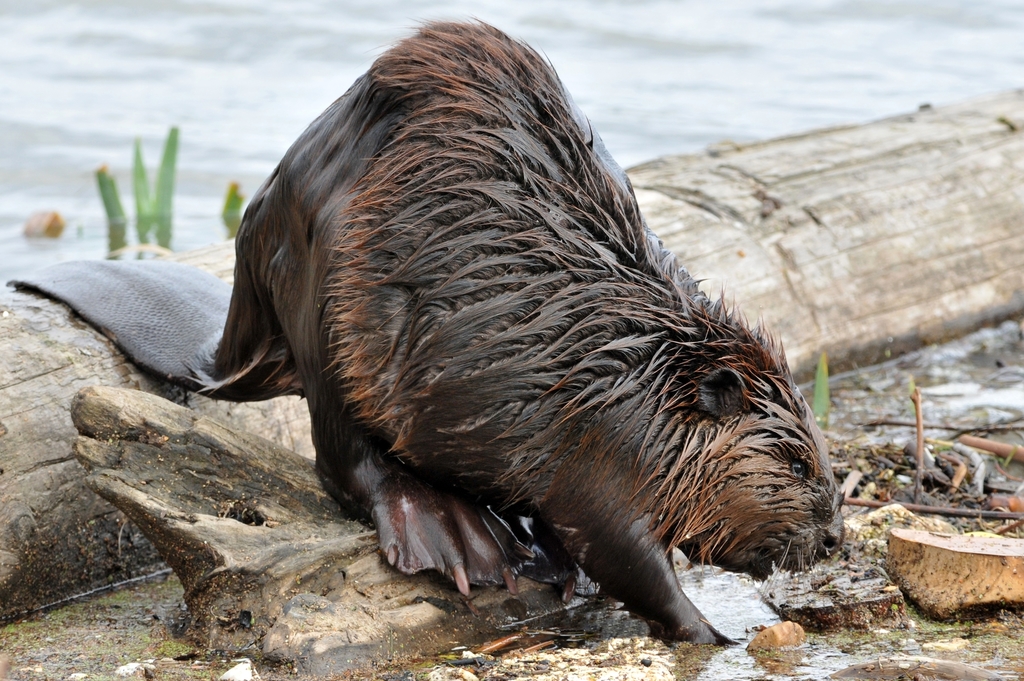Visitor’s Center: Wasatch Mountain State Park
On this page, you can ready yourself for your visit to the visitors center by engaging in interactive activities and delving deeper into the information showcased in some of the exhibits you’ll encounter onsite.
Our mission at Wasatch Mountain State Park is to provide a premier outdoor experience by conserving the natural environment, offering diverse recreational opportunities, and fostering a sense of community. We are dedicated to preserving the park’s unique flora and fauna, maintaining high standards of environmental stewardship, and creating a welcoming space for individuals and families to connect with nature.
Discover the Magic of Utah’s Watershed at Wasatch Mountain State Park!
Utah’s watershed is a complex, interconnected system where water circulates. This includes streams descending from the mountains, forming rivers and lakes that are essential for life in the region. The Wasatch Mountains play a vital role as the natural setting for this water network. Beyond being a source of water, the watershed acts as the lifeblood of the area, supporting a diverse range of plants and animals in the Wasatch ecosystem. It serves as nature’s mechanism to ensure the well-being of various species by providing essential resources.

In Utah, the water cycle is a dynamic and essential process that sustains the state’s diverse ecosystems. The cycle begins with precipitation, as rain or snow falls onto the vast landscapes, including the towering mountain ranges like the Wasatch. As the water makes its way through rivers, streams, and mountain slopes, it undergoes various phases of the water cycle, including infiltration into the ground, where it may be stored in aquifers. Evaporation and transpiration from vegetation contribute to the atmosphere’s moisture, forming clouds. The cycle comes full circle when these clouds release water back to the earth through precipitation. This intricate dance of water ensures a continuous supply of freshwater for Utah’s ecosystems, agriculture, and communities, highlighting the interconnectedness of the environment and the significance of water management in the arid region.

Embark on a journey to deepen your understanding of Utah’s water cycle and systems by engaging with our educational activities. Explore our interactive links and make a visit to the Visitors Center for an immersive experience. We invite you to join us in discovering the fascinating intricacies of how water shapes our ecosystems and sustains life in Utah.
Meet Our Local Animals: A Fun Exploration of Wildlife and How They Walk!

Explore the diverse wildlife of our region, including bobcats, moose, mountain lions, squirrels, rabbits, elk, deer, and beavers. Delve into the intriguing world of mammalian foot postures, such as the Plantigrade stance, where the entire foot rests flat on the ground – a trait shared by humans, beavers, and skunks. Another fascinating posture is Digitigrade, observed in canines and felines, where more weight is placed on the toes, and the heel pad typically doesn’t touch the ground. Lastly, discover the unique Unguligrade posture, exhibited by hooved animals that evolved from early mammals with claws. Walking essentially on their toenails, ungulates showcase a distinctive way of navigating their surroundings. Immerse yourself in the wonders of these varied foot postures, enhancing your appreciation for the remarkable adaptations within our local fauna.

Examples of Digitigrade Walkers in the park:
Red Fox: have excellent hearing, able to detect the faintest sounds, including the movement of small rodents underground. This keen sense of hearing helps them locate prey hidden beneath snow or foliage, making them highly efficient hunters.


Coyotes: Coyotes are monogamous. Coyotes are vocal animals with at least eleven different heart noises ranging from high pitched yips to barks and growls.
Bobcats: Skilled hunters, capable of ambushing prey much larger than themselves with stealth and precision. Despite their relatively small size, they can take down animals such as deer and rabbits with ease.

Examples of Plantigrade Animals in the park:

Rabbits: Rabbits participate in coprophagy, which means they eat their own poop! Eating their own droppings allows rabbits to absorb residual nutrients that their digestive system didn’t capture in the first digestion.
Ermines: often found in high-altitude regions, particularly in the mountainous areas of the state. These agile and elusive creatures are well-adapted to the rugged terrain, where they play an important role in maintaining the delicate balance of the ecosystem.


Raccoons: Raccoons have sensitive nerves in their front paws that act like taste buds and they possess remarkably dexterous front paws, which they use almost like human hands. They can manipulate objects, open containers, and even turn handles, showcasing their clever problem-solving abilities.
Examples of Ungulate Animals in the park:

Moose: A fun fact about moose is they are the largest deer species, with bulls reaching heights of up to 7 feet and weighing as much as 1,500 pounds. They’re excellent swimmers, often seen navigating bodies of water effortlessly.
Deer: A fun fact about deer is that they annually grow and shed their antlers, a process regulated by hormonal changes. During growth, antlers are covered in a velvety skin that supplies blood and nutrients. Once fully developed, this skin is shed, revealing the hardened bone beneath, which the deer use for mating displays and defense.


Mountain goat: A fun fact about mountain goats is that they are incredibly skilled climbers, able to scale steep and rocky terrain with ease. Their hooves have specialized traction pads and sharp edges that enable them to navigate cliffs and narrow ledges with remarkable agility. Additionally, their exceptional balance allows them to leap up to 12 feet in a single bound.
Glazers: elk and sheep eat grass and herbs which make their droppings dark and with a finer grain than browsers.
Browsers: moose and deer eat leaf buds, leaves, and twigs which will leave lighter colored and coarse droppings.
Animal Tracking
Embark on the adventure of animal tracking in Utah’s diverse landscapes. As you wander through the wilderness, observe the ground for signs of wildlife presence. Look for distinctive footprints, such as those left by bobcats, moose, and squirrels. Take note of disturbed vegetation, scat, and markings on trees, as they offer valuable clues about the animals that inhabit the area. By paying attention to these subtle details, you can unravel the stories written on the terrain and gain a better understanding of the local fauna’s movements and behaviors. Animal tracking is a simple yet rewarding way to connect with nature and heighten your awareness of the vibrant wildlife that shares the Utah wilderness with us.
Utah’s Starry Nights: Exploring the Sky Above!
Utah’s expansive landscapes boast some of the darkest skies, providing a celestial canvas for stargazers and astronomy enthusiasts. In regions like Bryce Canyon and Capitol Reef National Parks, the absence of city lights allows for an awe-inspiring view of the night sky. The dark skies of Utah offer an unparalleled opportunity to witness the brilliance of stars, planets, and constellations in all their natural splendor. However, the beauty of these dark skies is threatened by light pollution, a growing concern in urban areas.
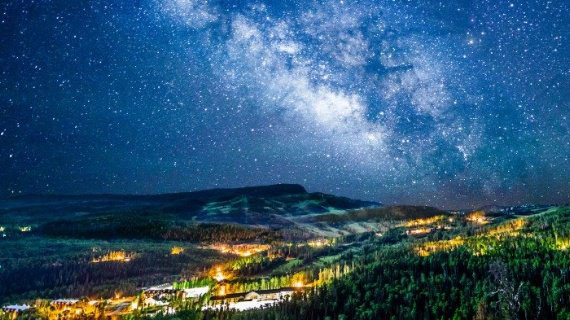
Excessive artificial lights from street lamps, buildings, and other sources can wash out the stars and diminish the visibility of celestial wonders. Preserving Utah’s dark skies not only enhances the stargazing experience but also safeguards the natural habitat and circadian rhythms of wildlife. By minimizing light pollution, we can continue to enjoy the breathtaking celestial displays that make Utah’s nights truly magical.
- Learn more here
- Where to Stargaze
- Coloring Page
- Remember to explore our Visitors Center to delve into the wonders of the night sky or discover upcoming events that may capture your interest. Join us for an enlightening journey through the cosmos or other parts of our local nature!
Utah’s Wild Habitats: Exploring Nature’s Neighborhoods!
Many plants and animals call Wasatch Mountain State Park home. Like our homes, this natural habitat provides food, water, shelter and space necessary for survival.
Visit our Visitors Center to learn about Utah’s animals, forests, and habitats. Explore displays featuring the diverse wildlife that calls our region home!
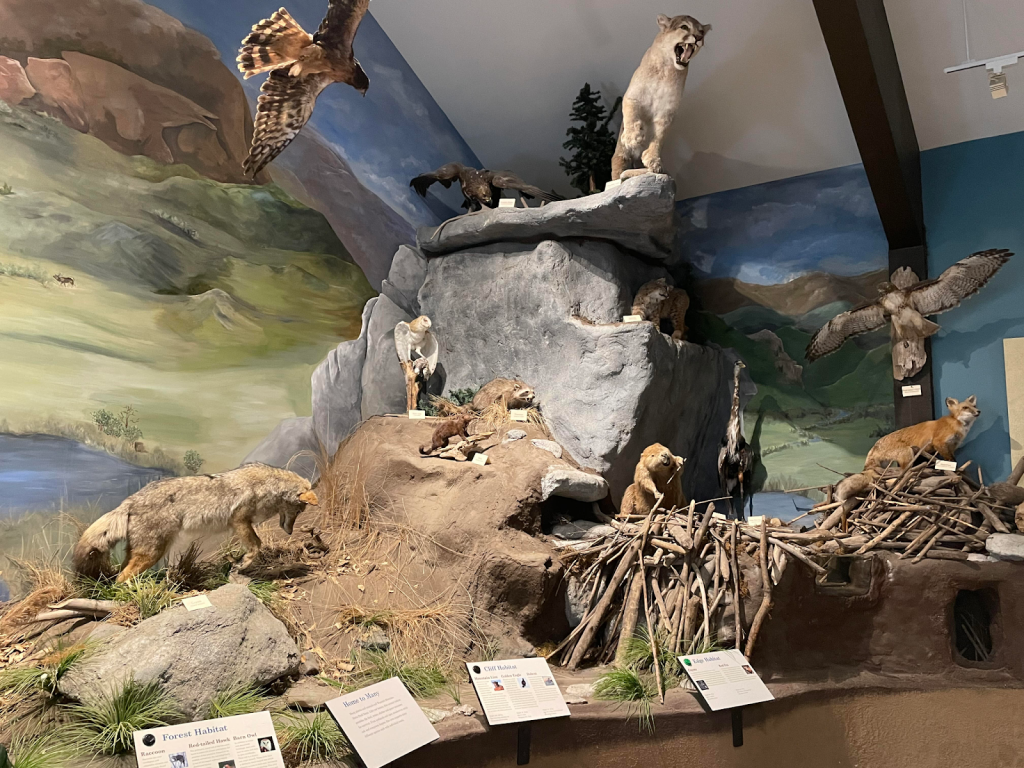
Wetland Habitats

Utah’s wetlands play a crucial role in supporting diverse ecosystems and wildlife. These water-rich areas, such as the Great Salt Lake and associated marshes, provide habitat for a variety of species. Among the inhabitants are beavers, essential ecosystem engineers.
Beavers construct dams that create wetland habitats, benefitting numerous plants and animals. Minks, small carnivorous mammals, thrive in the wetland environment, preying on fish, amphibians, and small mammals. Additionally, sandhill cranes, elegant birds with distinctive calls, utilize Utah’s wetlands as crucial stopover points during their migration. The wetlands serve as vital breeding and feeding grounds for these magnificent birds, emphasizing the importance of preserving and protecting these unique ecosystems for the benefit of both wildlife and humans.
Forest Habitat
Utah’s forest habitats contribute significantly to the state’s biodiversity, offering a haven for various flora and fauna. Within these wooded areas, raccoons, adaptive and resourceful mammals, find shelter and sustenance. Their omnivorous diet allows them to thrive in diverse forest ecosystems, foraging for fruits, nuts, insects, and small animals.

Red-tailed hawks, majestic birds of prey, are prominent residents of Utah’s forests. They soar through the skies, using their keen vision to spot prey such as rodents and small mammals. Barn owls, with their distinctive heart-shaped faces, also inhabit these woodlands. These nocturnal hunters play a crucial role in controlling rodent populations, making them valuable contributors to the forest ecosystem. Together, raccoons, red-tailed hawks, and barn owls showcase the intricate balance and interconnectedness of Utah’s diverse forest habitats. Preserving these environments is essential for the well-being of the wildlife that depends on them.
Cliff Habitat

Utah’s cliff habitats, characterized by rugged terrain and towering rock formations, are home to a unique array of wildlife. Among the inhabitants, mountain lions, also known as cougars, are apex predators that navigate the steep cliffs with agility. These elusive cats play a crucial role in maintaining the ecological balance of the region, preying on deer and other ungulates.
Golden eagles, with their impressive wingspan and keen eyesight, soar above the cliffs, utilizing the high vantage points to spot prey such as small mammals and birds. Bobcats, elusive and adaptable felines, are skilled hunters that thrive in the diverse landscapes of Utah’s cliffs, preying on rabbits, rodents, and birds. The cliff habitats of Utah provide these species with unique niches and challenges, highlighting the remarkable adaptations of wildlife to their surroundings. Conservation efforts are essential to preserve these habitats and ensure the continued survival of the species that call them home.
Edge Habitat

Utah’s edge habitats, where diverse ecosystems meet, create dynamic environments that support a variety of wildlife. In these transitional zones, both coyotes and red foxes thrive. Coyotes, adaptable canids, are well-suited to the changing landscapes, displaying a remarkable ability to adjust their diet and habits based on the available resources. They play a vital role in controlling rodent populations and help maintain ecosystem balance. Red foxes, with their distinctive rusty fur, are also inhabitants of Utah’s edge habitats.The red fox makes its home along the edges of forests, in tilled fields and near marshes. They prefer habitats with a diversity of vegetation types. Except for breeding females, the fox doesn’t usually use a den. Sometimes it will sleep in the open, wrapping its bushy tail around its nose to stay warm.
These cunning mammals are skilled hunters, preying on small mammals, birds, and insects. Their adaptability allows them to navigate the interface between different ecosystems, taking advantage of various food sources. The edge habitats in Utah provide a unique meeting ground for these two canids, showcasing their ability to coexist in environments that offer a mix of resources.

As these transitional zones are susceptible to human activities and development, it’s crucial to promote conservation practices that safeguard these diverse and ecologically important areas.

The Native Culture and the History of our Home
Utah’s Native peoples, comprising various tribes such as the Ute, Shoshone, Goshute, and Navajo, have a rich history deeply intertwined with the land. For countless generations, they cultivated a profound connection with the diverse landscapes, relying on sustainable practices to thrive in this region. The Ute, for instance, were skilled hunters and gatherers, while the Navajo, known for their weaving expertise, utilized the land’s resources for their livelihood.

It’s essential to acknowledge that the history of Utah is marked by the displacement and marginalization of Native communities. European settlers and subsequent waves of migration dramatically impacted their traditional ways of life, leading to profound social, economic, and cultural changes. This process was often characterized by forced relocations, loss of land, and infringement upon their sovereignty.
Lands of the Ute Peoples
The Uintah and Ouray Indian Reservation in northeastern Utah has over one million acres and 3,500 tribal members. Three bands make up the Northern Ute Tribe that live on this reservation, the Uinta (Utah), White River (Colorado), and Uncompahgre (Colorado) Bands.

The Ute Tribe, a significant Native American community in Utah, has a deep-rooted history in the region, spanning centuries. Traditionally known as the Núu-agha-tʉvʉ-pʉ̱ (People of the Mountains), the Ute people historically inhabited vast areas of the Great Basin and Rocky Mountains, demonstrating exceptional adaptability to diverse environments. Their livelihoods were intricately tied to the land, engaging in activities such as hunting, gathering, and trading.
The Ute Tribe is renowned for its rich cultural heritage, including traditional ceremonies, intricate beadwork, and expert horsemanship. Despite the challenges posed by the encroachment of European settlers and the subsequent changes in their way of life, the Ute Tribe continues to preserve its unique traditions, language, and strong connections to the landscapes that have shaped their history.

Today, efforts to revitalize cultural practices and maintain a strong tribal identity contribute to the ongoing resilience and vibrancy of the Ute people in Utah.
- Visit the Visitor’s Center to delve deeper into the history of our land and the stories of its indigenous peoples!
- More information
- Honoring Native Sovereignty
Exploring the Geographical Wonders of Utah
Wasatch Mountain State Park, nestled within the iconic Wasatch Range in Utah, boasts a geologically intriguing landscape shaped by tectonic and erosional forces. The park predominantly sits on Precambrian-aged rocks, formed over 600 million years ago.
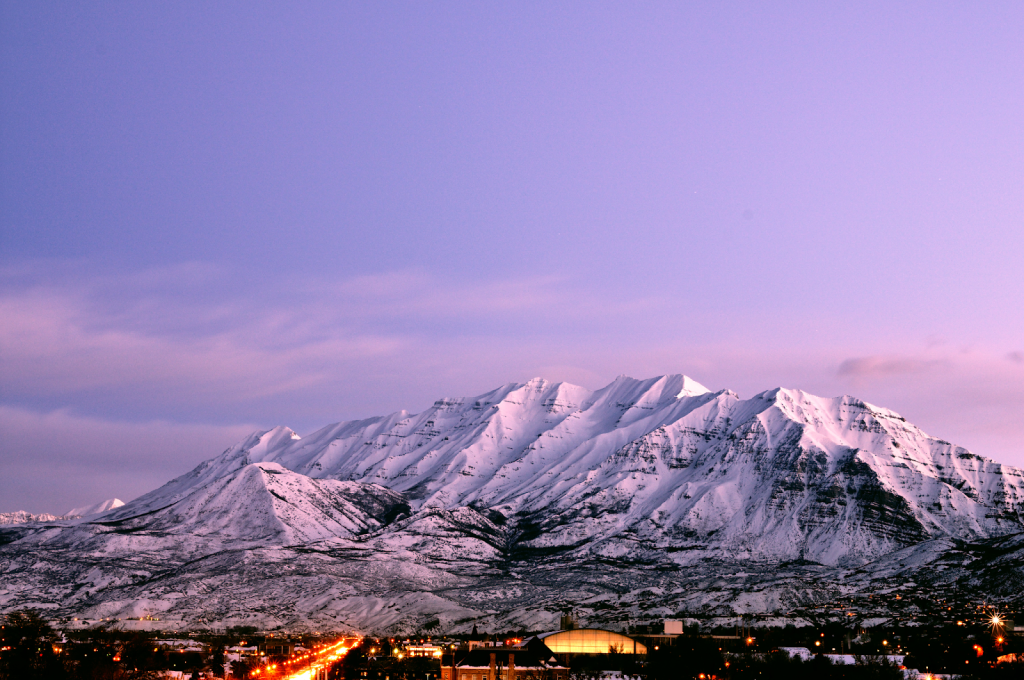
These rocks include quartzite, shale, and limestone, showcasing the region’s complex geological history. The park’s topography is heavily influenced by faulting and folding, indicative of the tectonic activity that has occurred over millennia.
The prominent geological feature in the area is Mount Timpanogos, a towering peak primarily composed of ancient limestone. Erosion, driven by glaciers during the Pleistocene epoch, sculpted the distinctive U-shaped valleys and cirques that define the mountainous terrain.
Utah is home to five national parks, often referred to as the “Mighty 5,” including Arches, Bryce Canyon, Canyonlands, Capitol Reef, and Zion, each offering a unique geological spectacle. The state’s geological formations are a testament to dynamic processes such as erosion, sedimentation, and uplift, providing invaluable insights into Earth’s geological evolution.

Additionally, the park is enriched with evidence of more recent geological phenomena, such as alluvial fans and river-cut canyons, highlighting ongoing erosional processes. Visitors can witness the results of these geological forces while exploring the numerous hiking trails, observing exposed rock formations and gaining insight into the geologic heritage of the Wasatch Mountains. Overall, Wasatch Mountain State Park serves as both a recreational haven and a geological classroom, offering a fascinating glimpse into the dynamic forces that have shaped this picturesque region of Utah.
Mining in Utah
Mining in Utah, particularly in the context of Park City, is deeply intertwined with the state’s history and economic development. The discovery of silver in the Park City area in the 1860s triggered a mining boom that shaped the region’s destiny. Park City quickly emerged as a vital mining town, transforming from a humble mining camp into one of the most prosperous silver mining districts in the West. The Ontario Silver Mine, one of Park City’s flagship mines, produced substantial wealth and played a pivotal role in establishing the town’s prominence.

Over the years, the mining industry diversified to include lead, zinc, and gold extraction. While the mining era in Park City declined by the mid-20th century, its legacy endures through the historic structures and mining remnants scattered across the landscape.
oday, Park City stands not only as a world-renowned destination for winter sports and outdoor recreation but also as a living testament to Utah’s mining heritage, showcasing the symbiotic relationship between natural resource extraction and the development of thriving communities. If you’re eager to delve deeper into the fascinating history of mining in Utah, particularly in Park City, visit this link for an enriching experience at the museum, where the legacy of Utah’s mining heritage comes to life.
The Early Settlers and Huber Grove
In the late 1800s, courageous pioneers ventured into the untamed beauty of Wasatch Mountain State Park and Huber Grove, seeking a new life amidst the rugged landscapes. Driven by the promise of fertile soil and abundant resources, these early settlers faced the daunting task of establishing homes and communities in the midst of nature’s challenges.
Huber Grove, with its thriving orchards, became a lifeline for these pioneers, providing not just food but also a symbol of their resilience in adapting to the mountainous environment. Through harsh winters and hard work, families carved out a living, creating a close-knit community that withstood the test of time.
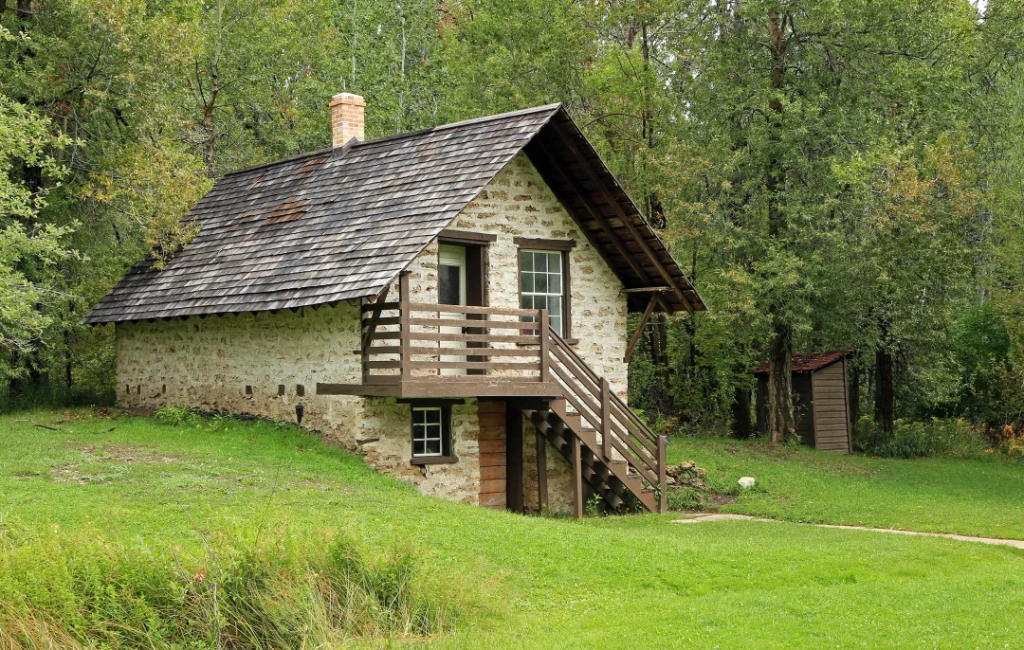
Today, the remnants of these early settlements stand as a living history, telling the story of the determined individuals who shaped the foundations of Wasatch Mountain State Park and Huber Grove, contributing to the enduring legacy of Utah’s past. For a deeper exploration of this history, consider visiting the area and discovering more about the settlers with this link.
